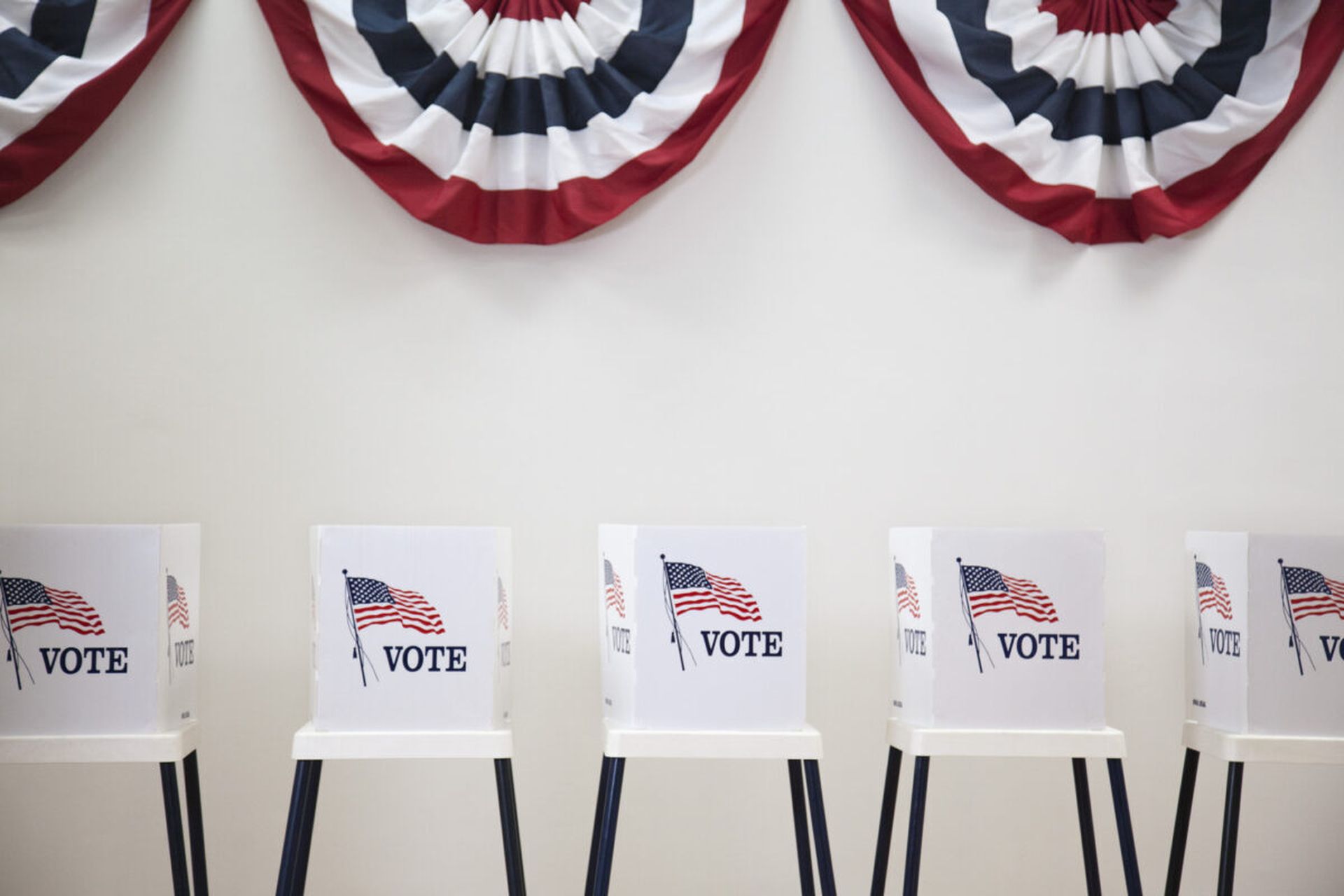Who’s In Charge: Secretary of State Robert Torres, Commissioner of Elections Jonathan Marks
Pennsylvania intends to eliminate all electronic voting machines that fail to produce voter-verified paper audit trails (VVPATs) by the year 2020.
While that’s an important step, it won’t do much good in the 2018 midterm elections, during which time 50 out of the Keystone State’s 67 counties will use exclusively DRE machines without VVPATs, while another four will use a combination of paper-based ballots and DREs without VVPATs.
Altogether, about 83 percent of Pennsylvanian voters will use DRE-based voting technology, which includes the Hart InterCivic’s eSlate dial-based solution; the Sequoia AVC Advantage and Danaher Shouptronic 1242 push-button machines; and the Premier/Diebold AccuVote TSX, Sequoia AVC Edge, and ES&S iVotronic touchscreen devices.
Absentee ballots, at least, are filled out on paper and mailed back or delivered in person, instead of send electronically.
Known to be a swing state whose electoral votes can help sway presidential elections, Pennsylvania is one of 21 states that the DHS confirmed was targeted by Russian hackers during the run-up to the 2016 election. The U.S. Election Assistance Commission has allocated about $13.5 million to Pennsylvania to use toward election security.
Pennsylvania received a “D” score from the Center for American Progress for its current election security practices, in large part because of its reliance on DREs, but also because its audits can sometimes be conducted electronically as well (although only when the original vote was not entered electronically).
On the plus side, Pennsylvania reportedly does use access control, logging and intrusion detection for its voter database operations, and it also conducts vulnerability assessments and training exercises.



